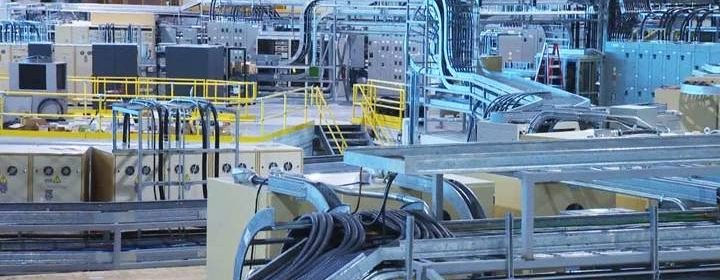Researchers using CLS to understand protein that regulates heartbeats

Researchers are using a Saskatoon science facility to better understand a protein that regulates heartbeats.
Calmodulin (CaM) regulates signals that causes the heart to contract and relax, but errors in the protein can lead to deadly arrhythmias.
Related
 Vitamin D lowers risk of dying from cancer, fish oil reduces heart attack risk: study
Vitamin D lowers risk of dying from cancer, fish oil reduces heart attack risk: study
 Cardiac arrest survivor searches for Good Samaritans who saved his life in Edmonton
Cardiac arrest survivor searches for Good Samaritans who saved his life in Edmonton
Cardiac arrhythmia, an irregular heartbeat, kills 40,000 people yearly in Canada.
“Because it plays such a crucial role in the heart, interacting with and regulating so many different important proteins, and seeing how calmodulin is identical in all vertebrate species, the general thinking was that you could never have any mutation in your calmodulin genes and survive,” said Filip Van Petegem, a professor at the University of British Columbia.
“You would affect so many different processes in the cell.”
Several people in recent years have survived despite mutations in their CaM genes.
Van Petegem said they turned to the Canadian Light Source (CLS) to pin down what the mutations did to the inner workings of the protein.
“It’s all about getting 3D structures, and you need very bright X-rays to see a lot of the details in these structures,” Van Petegem explained.
He said they looked at four different mutant variations of CaM, finding different structures for each.
“Although the different mutations all lead to cardiac arrhythmia, the way they do this is mutation-specific,” said Van Petegem, who has been studying CaM since 2007.
“Two of the four mutants expressed large structural conformations, with different consequences shown in the other two.”
Van Petegem said the mutant CaM looked nothing like the protein found in a healthy person, yet it was still able to fulfill most of its functions even if control over the heartbeat was compromised.
“We would never have predicted beforehand what we saw,” he said.
Van Petegem will continue to use the CLS as they look for ways to develop arrhythmia treatments.
Source: Read Full Article


